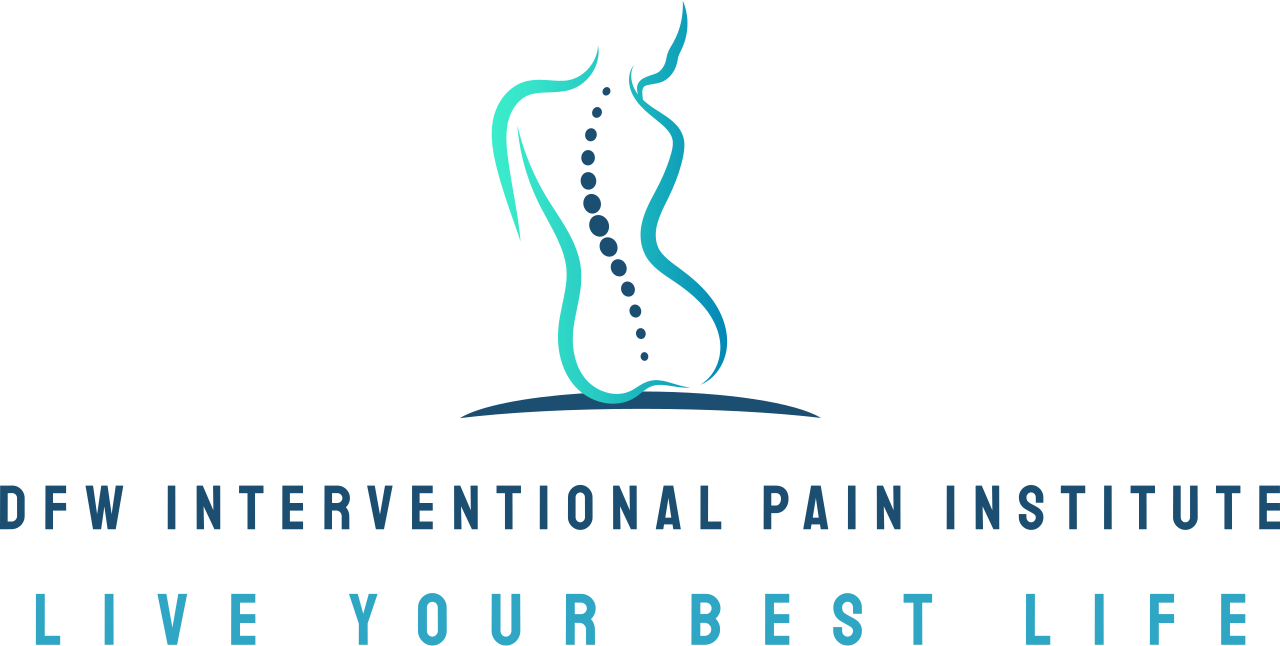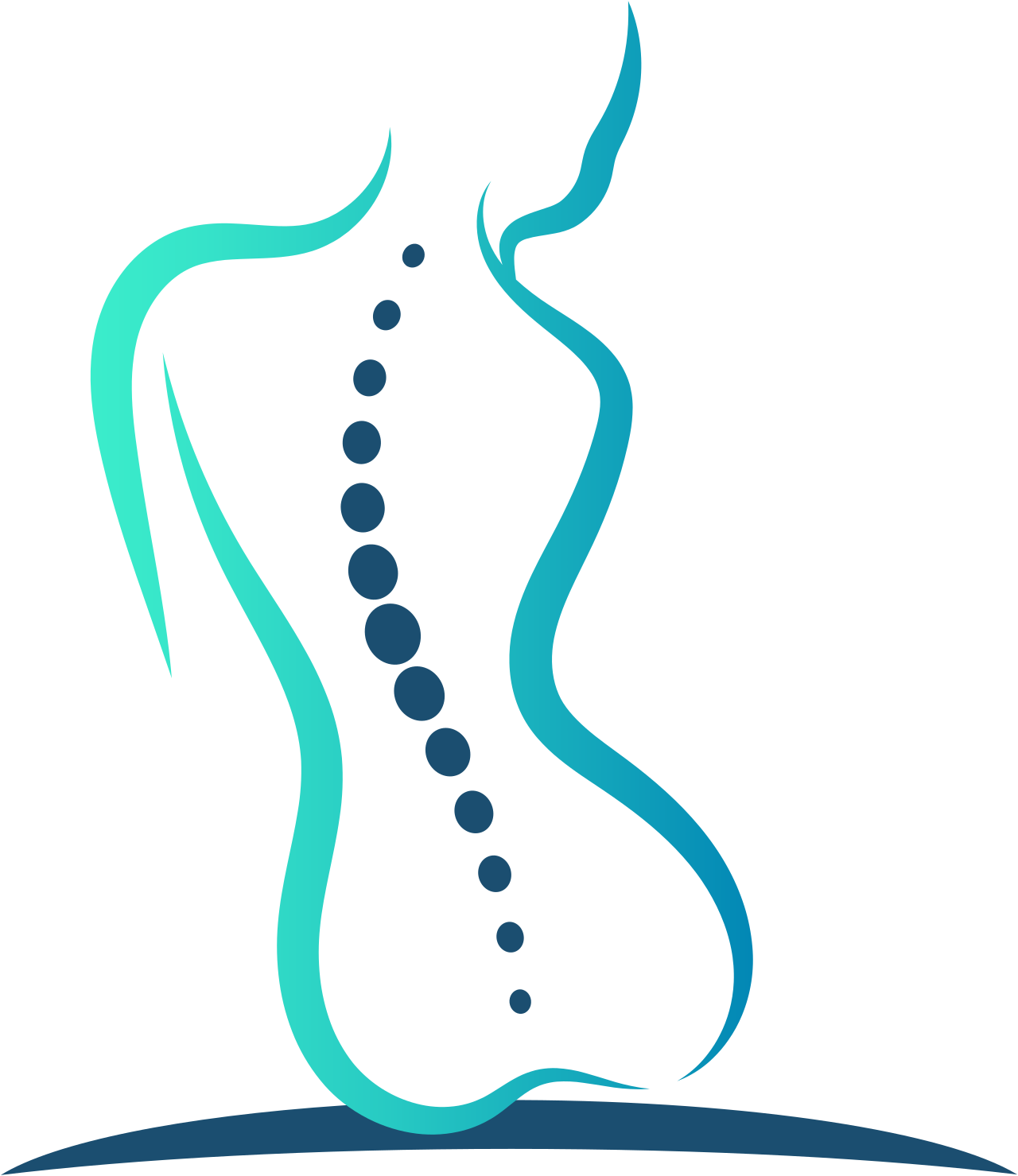6 key stretches to help with chronic knee pain
If you're suffering from chronic knee pain, you already know that even some of the easiest tasks can become extremely troublesome. But before you hang up your running shoes or relegate yourself to a sedentary lifestyle, consider this – strategic stretching might just be your golden ticket to restoring comfort and flexibility to your days. In this DFW Interventional Pain Institute blog post, we've put together a guide to help you achieve greater mobility and lessen your knee pain. Here are six essential stretches that, when incorporated into your routine, can promote mobility and help alleviate those persistent pangs.
1. The quadriceps stretch
Your quadriceps, the muscles at the front of your thigh, are instrumental in extending your knee joint. When these muscles are tight, they can exacerbate knee pain. In fact, the writer of this article knows all-too-well the issues that tight quadriceps can cause.
To perform a quadriceps stretch, follow these steps:
Stand straight and hold onto a wall or chair for balance.
Bend your right knee and grab your right ankle behind you with your right hand.
Gently pull your ankle towards your glutes until you feel a stretch in the front of your thigh.
Hold this position for 30 to 60 seconds, then switch to the other leg.
If this stretch is a bit too difficult, you can also use a foam roller on your knees and work up until you're able to grab your ankle behind your glute. You can also use hand rollers to massage the quad while you're sitting down in order to stretch and lengthen the quadriceps as well.
2. The hamstring stretch
Often considered a yin-and-yang with the quadriceps, flexible hamstrings can ease the load on your knee joint. Here's how you can stretch your hamstrings:
Sit on the edge of a sturdy, non-slip surface, keeping your right leg straight.
Bend your left leg with the sole of your foot placed against the inner thigh of your right leg.
Lean forward from your hips, keeping your back straight until you feel a gentle stretch down the back of your right leg.
Hold for 30-60 seconds, then switch to the other leg.
3. The calf stretch
The muscles in the back of your lower leg play a significant role in your gait and can contribute to knee pain if tight. The calf stretch can help:
Stand facing a wall and extend your right leg behind you, keeping your heel on the ground.
Extend your left leg forward, with your hands on the wall for support.
Lean forward, keeping both heels on the ground, until you feel a stretch in your right calf.
Hold for 30-60 seconds, then switch to the other leg.
4. The IT band stretch
The iliotibial (IT) band is a thick band of fascia that runs down the outside of the thigh from the hip to the shin. When tight, it can pull the knee out of alignment, leading to pain. To stretch the IT band:
Cross your right leg behind your left leg at the ankle.
Extend your left arm over your head and lean to the right until you feel the stretch on the left side of your torso and hip.
Hold for 30-60 seconds, then switch to the other leg.
One thing we need to note: IT band stretching should come after other remedies/stretches, such as stretching the quadriceps, hamstrings and calves first. Many times the IT band is deemed the culprit when it's more important to be focusing on stretching the main muscles of the legs AND working on strengthening your core, glutes and leg muscles.
5. The hip flexor stretch
Though they're not directly connected to the knee, the hip flexors often go hand in hand with knee issues due to their biomechanical interplay. A relieving hip flexor stretch:
Kneel with your right knee on the floor and your left foot in front of you at a 90-degree angle.
Lean forward, keeping your back straight until you feel a stretch on the right front thigh and hip.
Hold for 30-60 seconds, then switch to the other leg. This can be also be used as a quadriceps stretch if you're having difficulty bringing your ankles to your glutes in the typical quadriceps stretch.
6. The glute stretch
Strong glutes ensure your body's mechanical efficiency, taking the pressure off your knees. In fact, many people suffer from pain due to weakened glutes because we do spend so much more time sitting each day. Here's a simple glute stretch that can have big results when paired with strengthening:
Laying on your back, cross your right leg over your left knee.
Reach both hands behind your left thigh and pull it gently toward your chest.
Hold for 30-60 seconds, then switch to the other leg.
How often and how long?
Consistency is key – aim to perform these stretches at least once per day. Hold each stretch for 30 to 60 seconds, breathing deeply and maintaining a steady, relaxed rhythm. If you can, stretch each muscle group two to three times a day, especially when pain or tightness flares up. You may want to do them after certain activities, too, such as if you're experiencing knee pain while driving.
Additional tips
While these stretches are a great start, they're just one piece of the puzzle. It's important to pair them with an overall knee-friendly fitness regimen, which may include strength training and aerobic exercises like swimming or cycling, with modifications as needed. Don't push through sharp pain or discomfort during these stretches; the goal is to find a gentle stretch that allows you to relax and breathe deeply.
Always consult with a healthcare provider before beginning a new stretching program, especially if you have a preexisting knee injury or are recovering from surgery. They can provide personalized recommendations and ensure you're on the best track to pain relief and improved mobility. With patience and persistence, incorporating these stretches into your daily routine may significantly ease your chronic knee pain, empowering you to move through the world with agility and comfort once again.
If you're continuing to experience knee pain, DFW Interventional Pain Institute can help
At DFW Interventional Pain Institute, we specialize in chronic pain diagnosis and treatment from a variety of angles. Dr. Edrick Lopez will work with you to understand your symptoms, pinpoint their cause and develop a treatment plan that works with your lifestyle so you can actually stick to it. That's what we mean by our motto "Live Your Best Life". Contact us today to make an appointment with Dr. Lopez and get on the path to less pain!

